Of the rectum is the last section of the colon. It is used for stool continence and defecation. Diseases of the rectum occur relatively often: the most common clinical pictures include constipation, hemorrhoids, irritation and tumors.
What is the rectum?
Of the rectum is about 20 cm long, runs through the small pelvis and ends in the anus. It can be divided into two sections: the 15–18 cm long rectum and the approx. 3 cm long anal canal.
The lower rectum has a multi-part locking mechanism that ensures stool continence in a healthy state.
It is also known as the organ of continence and includes the funnel-shaped pelvic floor muscles, the internal and external anal sphincters and a dense venous network, the so-called hemorrhoidal cushion.
Anatomy & structure
Like all intestinal sections, the rectum A three-layer wall structure: Inside lies a mucous membrane (mucosa), over it a submucosa made of connective tissue and on the outside muscles.
The mucous membrane in the rectum is criss-crossed by deep indentations, so-called crypts. Among the mucous membrane cells, the fringing cells dominate in number, which have fine processes (microvilli) to enlarge the surface and which are used for resorption. They are constantly being renewed, a single fringe cell lives on average for only 6 days.
Other cell types are responsible for mucus production, immune defense and hormone secretion. In the anal canal, the intestinal mucosa finally runs out over a columnar epithelium into a multilayered, uncornified squamous epithelium. The squamous epithelium is firmly fused with the internal sphincter and is very sensitively innervated. While the inner sphincter consists of smooth muscles and cannot be controlled arbitrarily, the outer sphincter made of striated muscles is subject to conscious control.
The mucous membrane of the rectum is usually thrown up in three transverse folds, which offer the doctor guidance during the palpation examination. The most prominent of the folds is the so-called Kohlrausch fold, which can just be felt about 6-8 cm above the anus.
Function & tasks
When the porridge the rectum reached, the essential digestive processes have already been completed. Only electrolytes and water are absorbed in the rectum. The main task of the rectum is to thicken the faeces, store it and, when the opportunity arises, release it in a controlled manner. Stool evacuation is initiated by the so-called defecation reflex, which has involuntary and voluntary components:
If stretch receptors in the intestinal wall perceive a strong filling, they send a stretching stimulus to the spinal cord. This triggers an automatic relaxation of the inner sphincter as well as a tension of the outer sphincter. It also informs the brain about the urge to defecate. However, through conscious control, the motor nervous system can keep the external sphincter tense and suppress defecation.
In this case, the stretch receptors adapt to the filling level after 60 seconds at the latest and only sound the alarm again when the threshold value is raised. A healthy adult can store up to 2 liters of stool in his rectum. Due to the very fine innervation, the anal canal can also differentiate whether a stretch is caused by feces or by gases. Therefore, the rectum is able to release intestinal winds in a controlled manner without endangering stool continence.
Illnesses & ailments
in the rectum Pathological processes take place comparatively often. Hemorrhoids, for example, are among the most common diseases in industrialized nations, but are largely taboo. They can be traced back to pathological enlargement of the vein pads, which ensure the fine closure of the anal canal.
The symptoms of haemorrhoidal disease are bright red bleeding and anal oozing, in the advanced stage also itching, pain and incidents up to complete anal prolapse. Unfortunately, many sufferers do not see a doctor until very late, when great pain outweighs the feeling of shame. An early diagnosis is not only useful because of the good treatment options, but also because bleeding from the rectum can also indicate more dangerous diseases, e.g. B. on rectal cancer.
Rectal cancer is one of the colorectal cancers, which is the second most common type of cancer in Central Europe. Like other diseases of the rectum, rectal cancer occurs primarily in the elderly. Patients over the age of 45 in particular should therefore take warning symptoms seriously and use the free early detection of colon cancer.

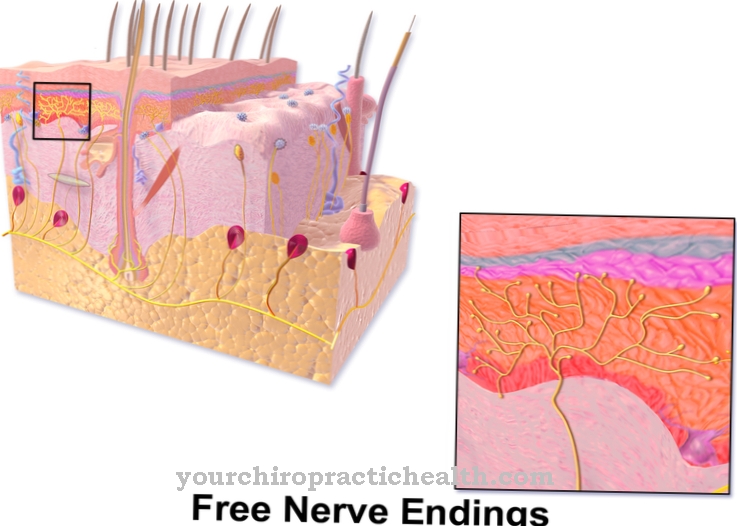

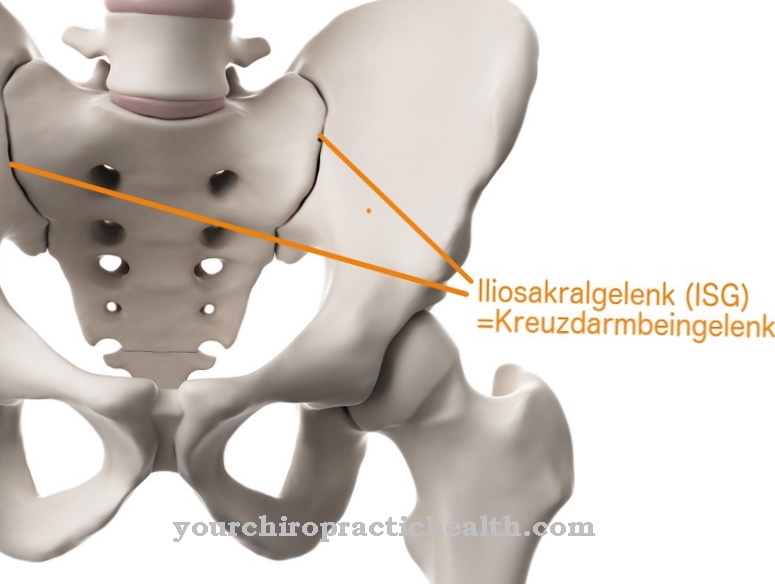
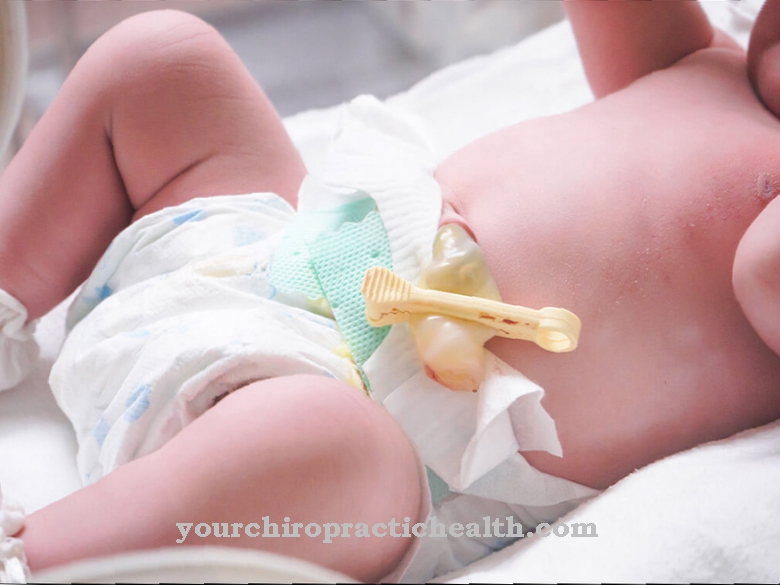
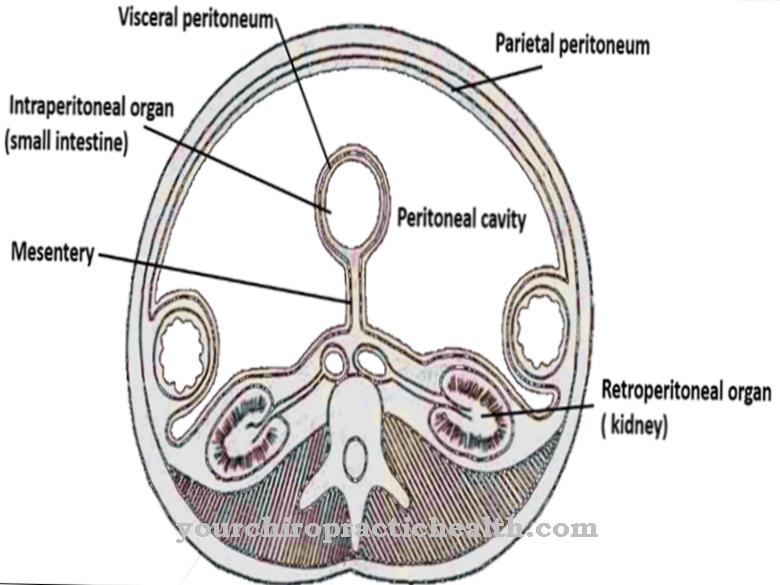
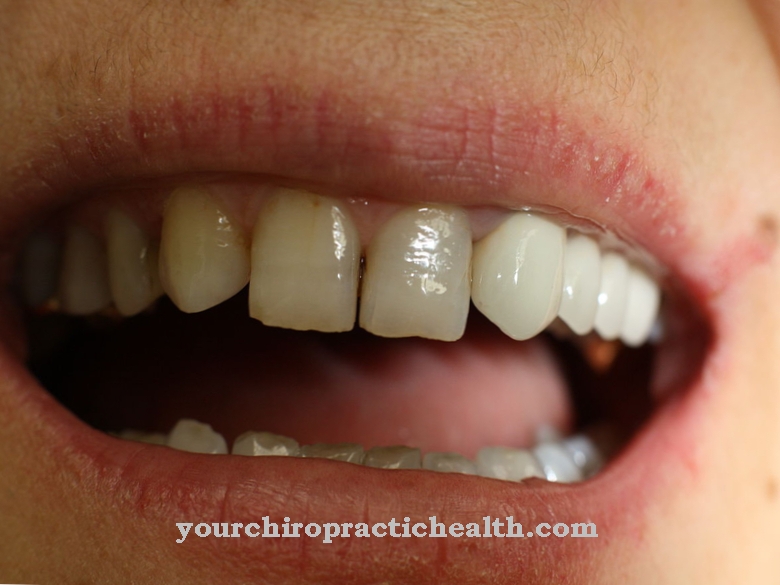


.jpg)



.jpg)



.jpg)







.jpg)


